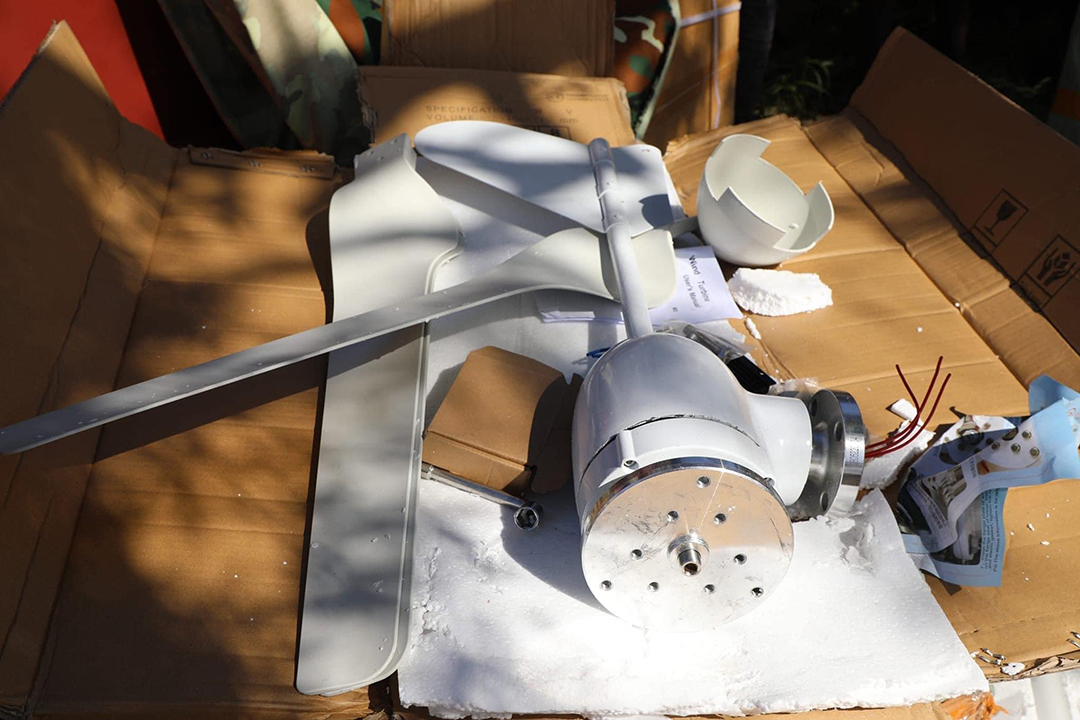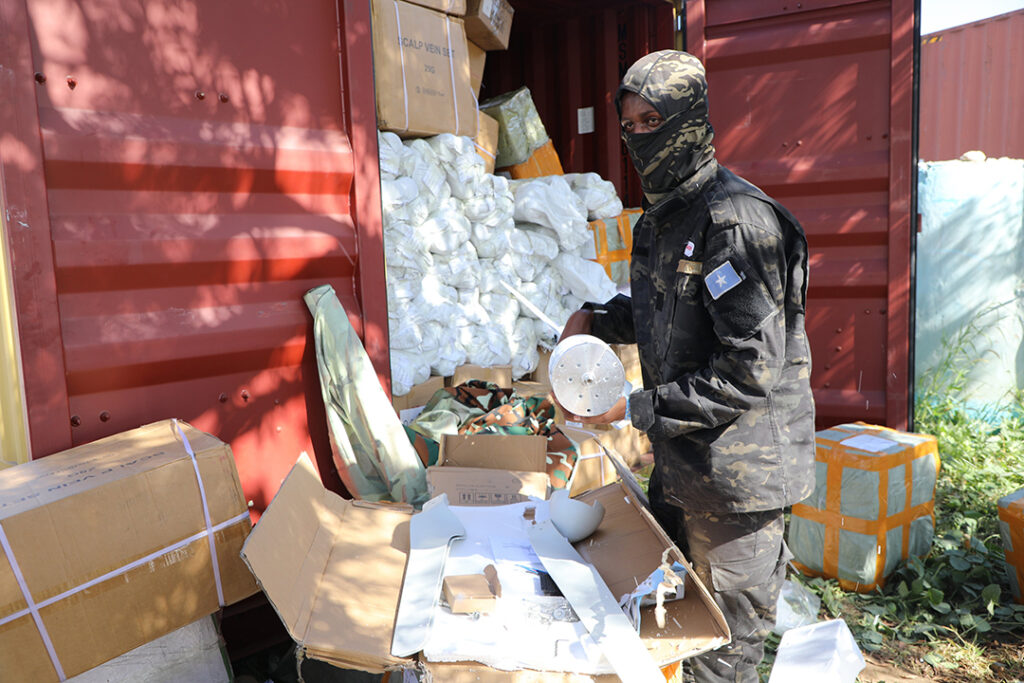ADF STAFF
Kenyan security forces have increased their operations along the country’s 680-kilometer border with Somalia in response to recent attacks by al-Shabaab.
Al-Shabaab, which has suffered repeated defeats by the Somali National Army (SNA), has launched attacks against targets in Ethiopia, Kenya and Uganda in retribution for those countries participating in ATMIS, the African Union Transition Mission in Somalia.
A string of al-Shabaab attacks against Kenya Defence Forces outposts in Garissa, Lamu and Mandera North counties forced the government to reverse its plans to reopen border crossings with Somalia.
During one recent attack against a military outpost in Sirari, security forces killed a suspected suicide bomber and brought down a drone that al-Shabaab fighters were using to gather intelligence ahead of the attack.
The incident at Sirari confirmed that the terrorists have begun incorporating off-the-shelf unmanned aerial vehicles (UAVs), or drones, into their operations.

“This raises concerns that al-Shabaab may expand its drone usage for broader surveillance and reconnaissance purposes,” researcher Ana Aguilera wrote recently for the Global Network on Extremism & Technology.
That expansion could involve gathering strategic information on potential targets, assessing enemy forces’ strength, identifying infrastructure, and pinpointing vulnerable sites, Aguilera added.
So far, al-Shabaab has been unable to militarize their drones by adding explosives or other weaponry as Boko Haram has done in the Lake Chad Basin. That’s largely because the group is using commercially available drones that tend to be too small to deliver payloads.
Large, military-grade drones are expensive and typically sold only to state actors. Any that were stolen or captured would be easily traced should they fall into al-Shabaab’s hands, Aguilera wrote.
Drones have become a vital tool valued by security forces and terrorist groups alike in recent years. Militaries across Africa have invested in a mix of drone technology from across the globe. In many cases, the lightweight, commercially available drones favored by al-Shabaab and other terrorist groups come from China.
“The use of UAVs [drones] represents a new iteration of digital technology,” analyst Karen Allen wrote recently for the Africa Center for Strategic Studies (ACSS).
Drones can provide users with over-the-horizon intelligence. Those with infrared technology can see in the dark, letting them operate at night. In general, drones’ small profile makes them hard to see and difficult to shoot down.
As al-Shabaab continues to use drones for observation and intelligence-gathering, it could be only a matter of time before the group finds a way to weaponize them, according to researcher Håvard Haugstvedt of the University of Stavanger in Norway.
In an article published in the Journal of Strategic Security, Haugstvedt notes that the Islamic State group and al-Qaida have each developed weaponized drones for use in Middle East conflicts. Both groups are active in Africa, raising the concern that they might shift that technology to the continent.
“As UAVs are commercially available all over the world, groups with bomb-making experience and technical know-how in general may themselves develop local variations and adaptions of what extremist groups have done in the Middle East over the last decade,” Haugstvedt wrote.

